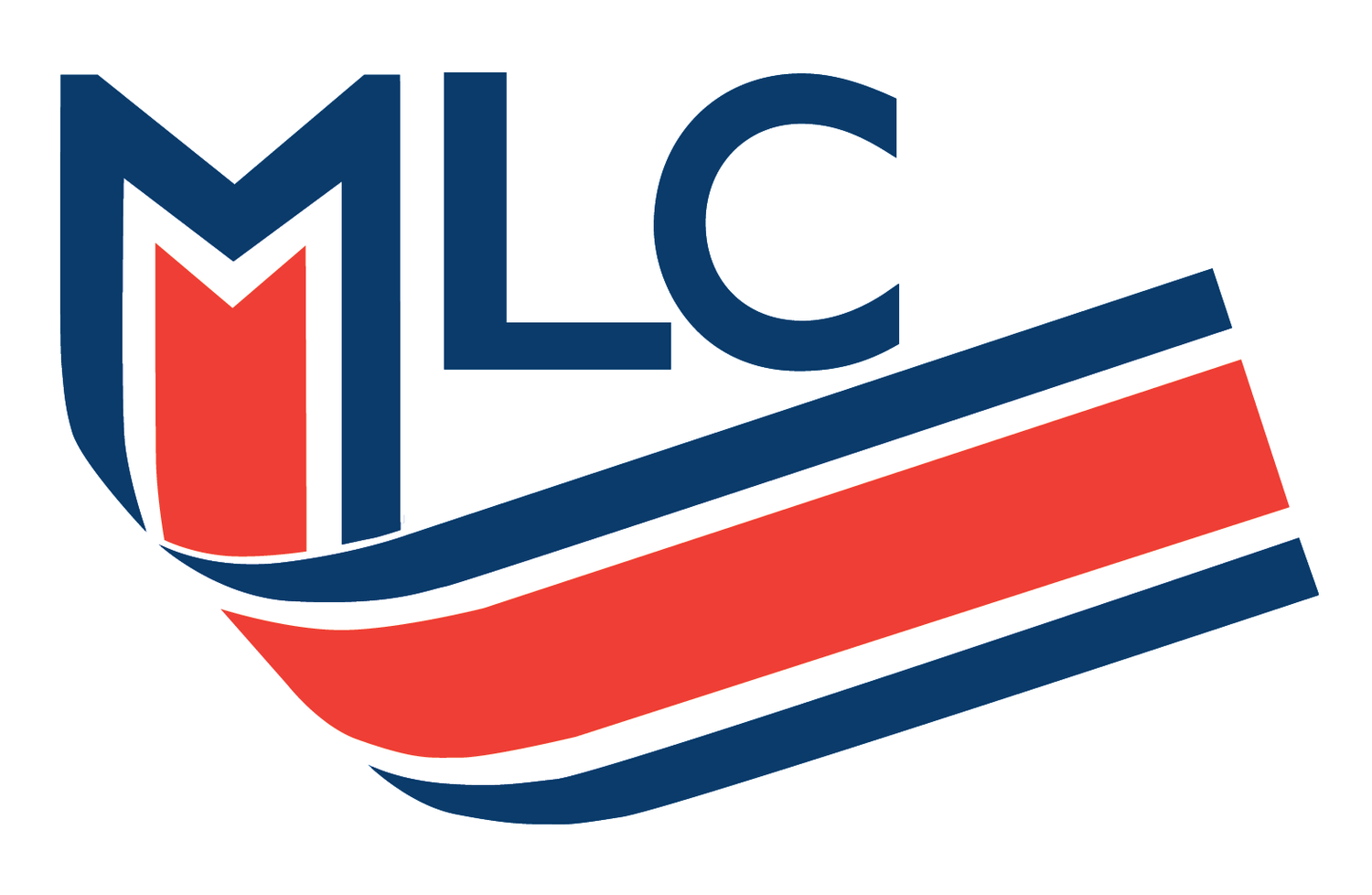Beef Dressing Specifications: Ensuring Fair Valuation in Livestock Industry
Ensuring Fair Valuation in the Livestock Industry
Introduction
Understanding the different beef carcase dressing specifications and compliance with these specifications in the livestock industry is crucial in ensuring farmers are compensated fairly for their livestock.
Understanding Dressing Specifications
Dressing specifications dictate how carcases should be prepared post-slaughter, including the removal of certain parts and how the carcase is cleaned and trimmed. In the UK beef industry, there are three recognised specifications: Standard Specification, EC Reference Specification, and UK Specification. Each has distinct guidelines influencing the weight and presentation of the carcase.
The average carcase weight is different between each of the specifications. Between Standard Specification and EC Reference Specification the weight reduces by 1.2% in males and 1.7% in females. Between EC Reference Specification and UK Specification, it reduces by 0.8% in all categories. So, the average weight loss between Standard Specification and the UK Specification is 2 – 2.5%, which would have a significant impact on the valuation of the carcase.
Importance of Compliance
Compliance with dressing specs ensures that all carcases are prepared uniformly and not over-trimmed, allowing for fair and consistent valuation. This is vital for farmers, as non-compliance (annotated on the remittance sheet as NDTS - Not Dressed to Spec) can lead to discrepancies in carcase weight and conformation assessment, directly impacting the farmer's income. The choice of dressing specification by an abattoir directly impacts the carcase's weight, and consequently, its market value. It's important to note that the highest payment per kilo offered by an abattoir does not always guarantee the best overall returns for the farmer, as different dressing specifications can result in varying carcase weights.
The Farmer's Perspective
Many farmers might not be fully aware of the implications of NDTS on their profits. When abattoirs deviate from the agreed-upon specs, it can result in a weight from the carcase or incorrect classification, reducing the overall payment to the farmer.
The Role of MLC Classification Officers
Independent MLC Classification Officers play a vital role in ensuring compliance with dressing specifications. This oversight is critical as non-compliance can lead to a reduction in carcase value. The use of Visual Image Analysis (VIA) machines in abattoirs, while beneficial, cannot independently verify dressing specifications or confirm correct carcass presentation. Hence, the presence of an independent MLC Classification Officer is indispensable for ensuring fair and accurate valuation.
Ensuring Transparency and Fairness
By closely monitoring compliance with dressing specs, MLC ensures transparency in the classification process. Our efforts in informing farmers about the importance of dressing specifications aim to bridge the knowledge gap, empowering them to make informed decisions about whether to send their livestock to abattoirs with MLC independent oversight.
The Importance of Informed Decisions
Farmers must be aware of the dressing specifications adopted by their chosen abattoirs. Selecting an abattoir that aligns with their interests and understanding how these specifications affect carcase valuation are crucial steps in safeguarding their returns.
Conclusion
In the dynamic livestock market, adherence to dressing specifications is paramount for fair trade. MLC is committed to independently ensuring compliance, transparency, and fairness in carcase classification, empowering farmers with the knowledge to make informed decisions and advocating for their best interests.
Check our abattoir directory to find out where MLC provides an independent classification service






